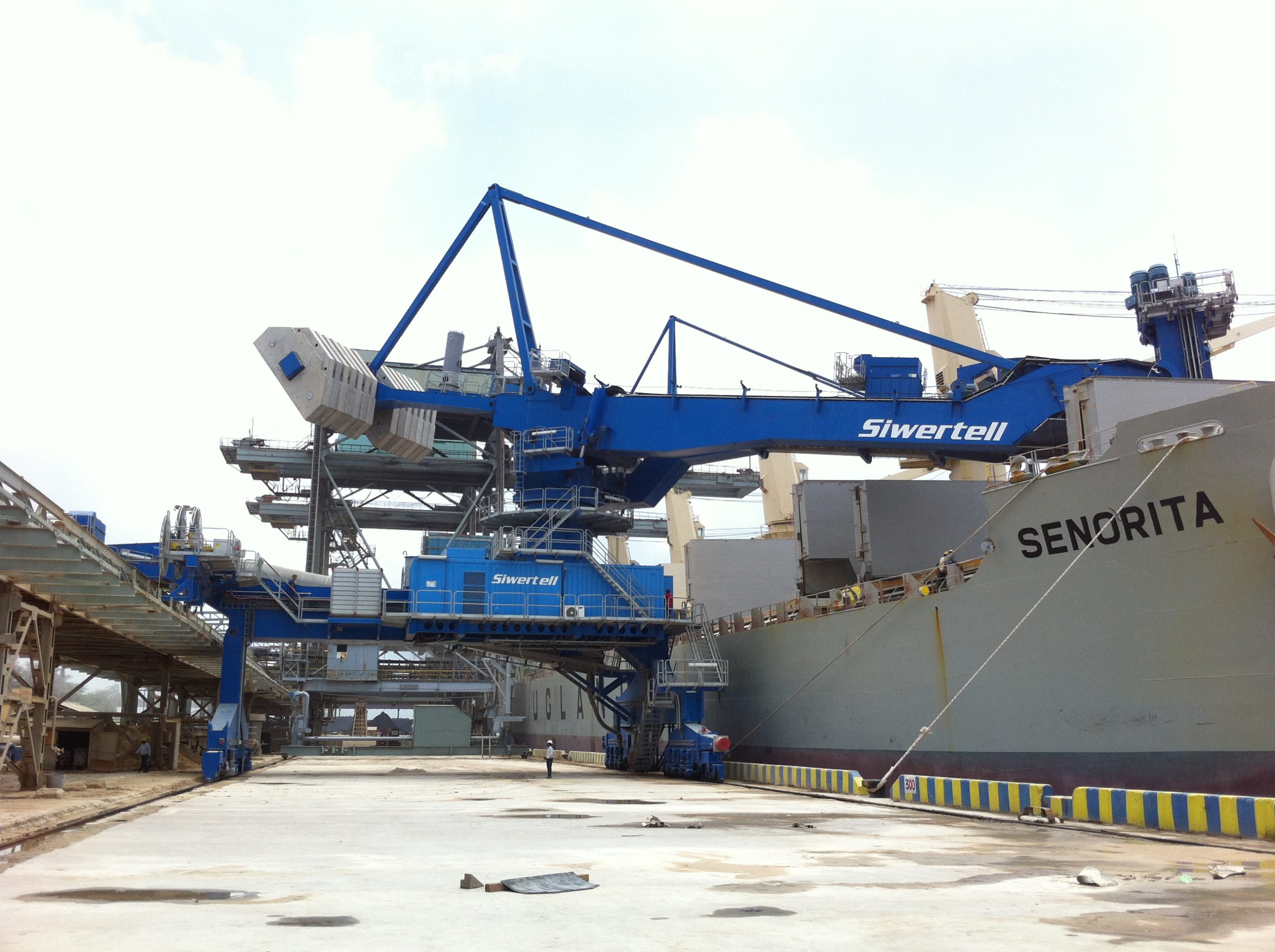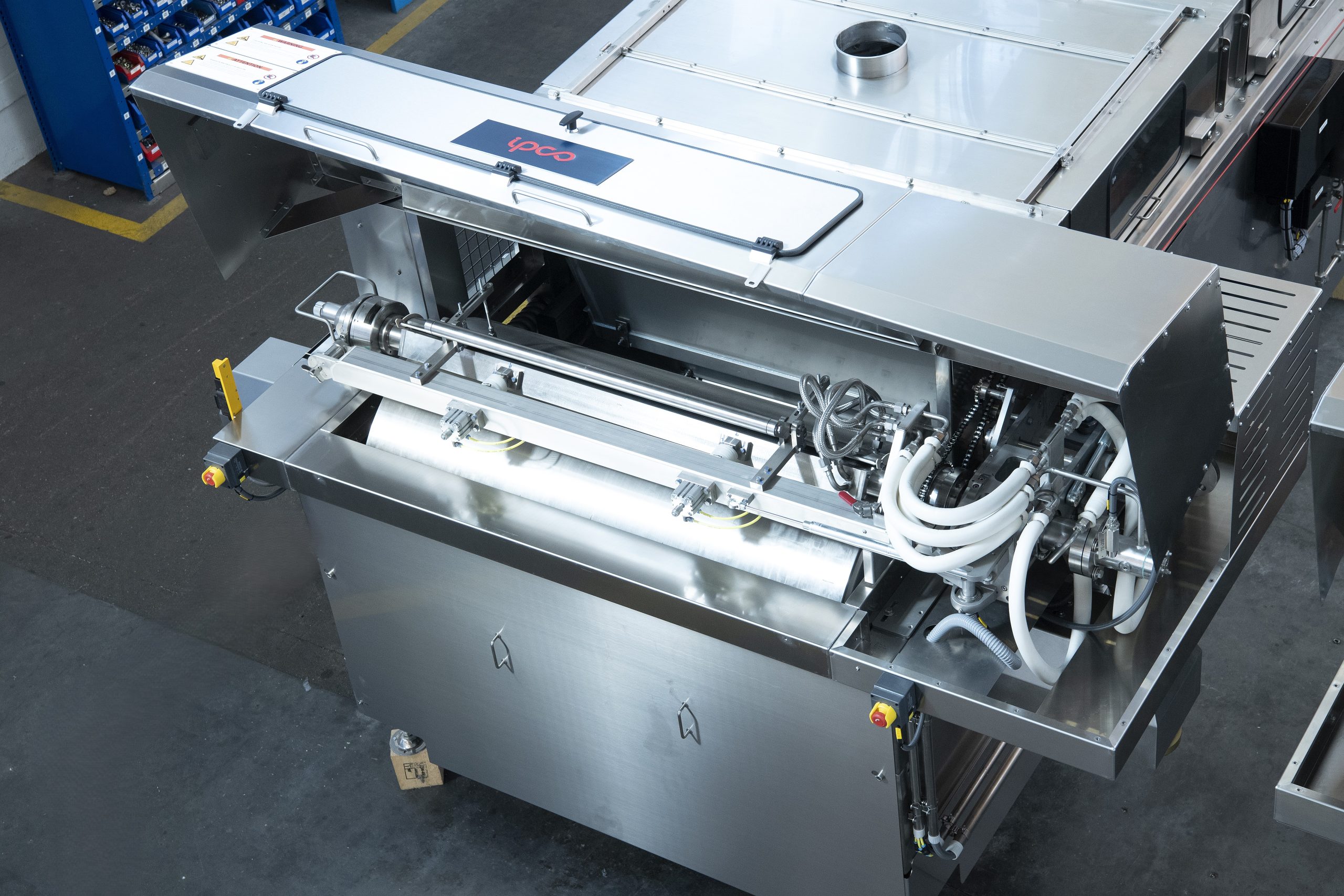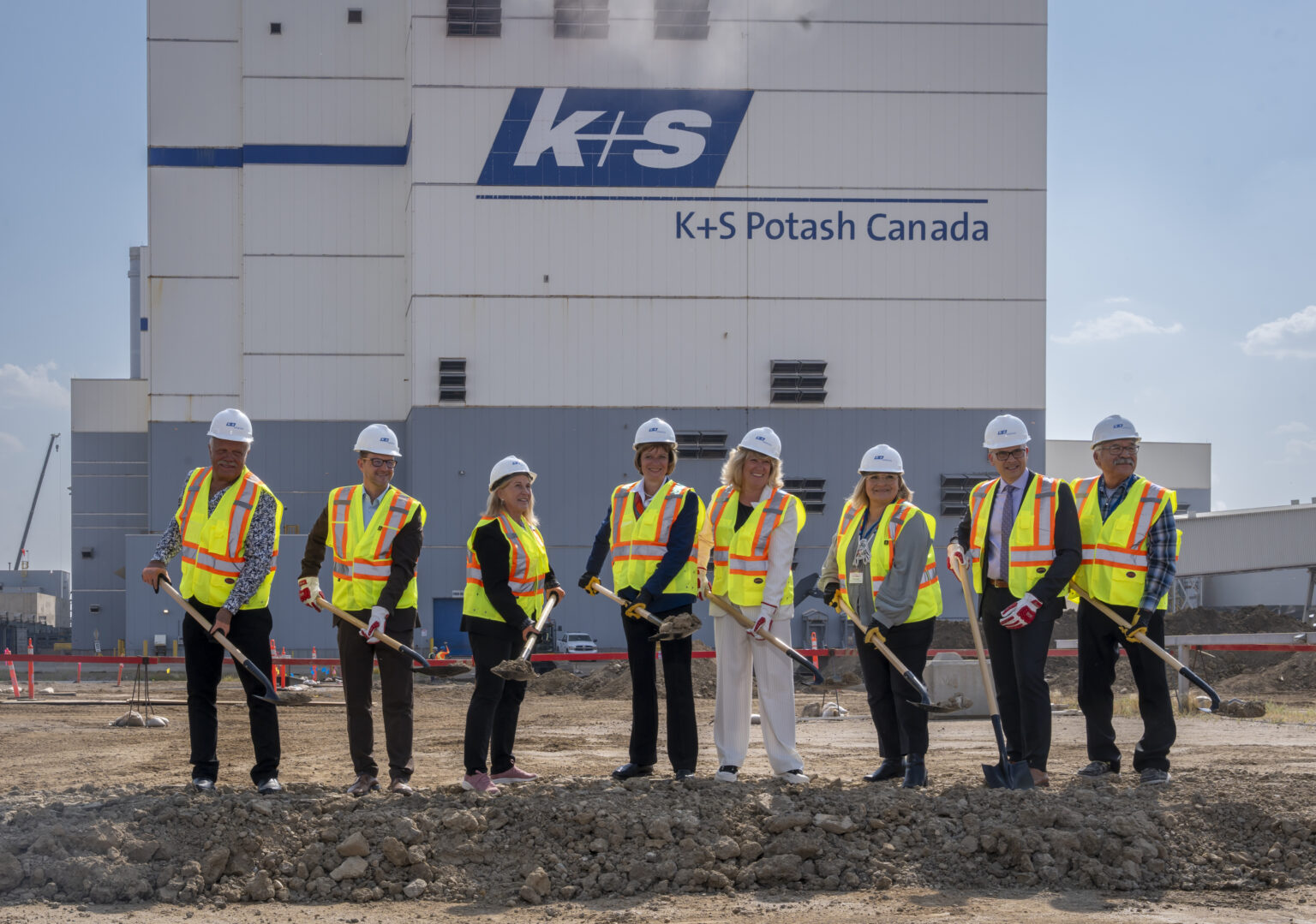Nitrogen+Syngas 315 Jan-Feb 2012

28 February 2012
Problem No. 10: High CO₂ content in liquid outlet of a high pressure CO₂ stripper in urea synthesis
It is well known that the high pressure CO2 stripper efficiency in a urea plant is defined by the ammonia content in the liquid bottom outlet. The ratio NH3/CO2 in the bottom outlet is determined by equilibrium equations. Problems have been experienced with a relatively high CO2 content. Several possible causes are explored. One cause could be that CO2 slips through with the liquid bottom outlet due to a defective level measurement in the stripper bottom. Measuring the liquid level is not an easy task due to the corrosive nature and the risk of crystallisation. Sometimes a delta-P level transmitter is applied with flushes in its legs, but this is not a reliable option. Radioactive level measurements are often used but still safety risks, complicated calibrating procedures, limited lifetimes and maintenance costs are significant concerns. The radar level measurement developed by Stamicarbon offers a new reliable solution.
Mr Joko Raharjo of PT Petrokimia Gresik in Indonesia introduces an interesting topic to the round table:
In March 2010 we carried out some maintenance on our high pressure CO2 stripper due to high NH3 content in the liquid bottom outlet. After start-up, the NH3 outlet improved (down from 15.8 wt-% to 14 wt-%, while the design figure is 12.8 wt-%). How- ever, CO2 is still high (before shutdown 16.4 wt-%, now 16.2 wt-%, design is 13.38 wt-%). Now our recovery section is getting hotter. In my opinion, the higher the decomposition rate of carbamate in the stripper, the lower the NH3 content in the bottom of the stripper, as with CO2. However in my case, the NH3 content in the outlet is lower but the CO2 is still high… I welcome comment on what’s going on with this high CO2 problem.
Mr Majid Mohammadian of Pidemco in Iran comes up with a possible cause:
Check for gaseous CO2 slip from the bottom of the stripper if N/C ratio in the synthesis section is normal.
Mr Cristiano Azevedo of Qatar Fertilizer Company (Qafco) in Qatar shares his experiences:
We had the same problem some years ago. I suggest you check the stripper level indication, which can be wrong due to bad calibration or vortex formation. Incorrect level indication will permit CO2 bypassing, which you cannot easily figure out. Try to close the stripper outlet valve more than usual (by 5%) and wait, the high stripper level alarm comes on, you will see a change in the stripper bottom temperature and in the recirculation pressure.
We have installed a box inside our stripper. This device is used to avoid vortex formation and allow us to obtain the correct level indication. Your ammonia content seems to be very high, which kind of urea process are you talking about?
Mr Mohammad Rastegariyan of Pidemco in Iran introduces new process parameters to double check and correct:
It seems the stripper efficiency is low. I suggest you investigate the saturator drum pressure and its level, N/C ratio and adjust reactor temperatures.
Mr Mohammad Sarfraz of Fatima Fertilizer Ltd In Pakistan confirms that unreliable level measurement could be a possible cause: I am of the same opinion that there is every possibility of CO2 slippage to the recovery section. Another explanation could be that urea hydrolyses into NH3 and CO2 but in your case as the NH3 contents are the same this can be ruled out. From your design conditions it seems that you have a TEC ACES process. If this is correct then the only thing could be the problematic flushing water pumps to the stripper level transmitter. Address the issue and hopefully you will get a positive result.
Mr Mark Brouwer of UreaKnowHow.com provides and asks for some more information:
Gresik operates a TEC ACES urea plant. The reactor pressure is higher than in a Stamicarbon plant and the stripper efficiency is lower. A medium pressure recirculation section is therefore part of an ACES plant. What are your design and actual reactor pressure and design and actual stripper efficiency?
Mr Raharjo provides some answers:
Yes, we have the ACES process. Before posting this topic, we had already taken some action.
We regulated the stripper bottom level. Normal operation is 40%, we increased it to 50% and the CO2 content is still the same. We also decreased it to 25% and had no effect.
We regulated the saturation drum level. Normal level is 61%, steam pressure 17.4 kg/cm2.g. We decrease it to 50%, the steam pressure was also run down (to 16.4 kg.cm2.g), bottom stripper temperature was increased to 170°C. The CO2 content is still high. Our conditions for the reactor and stripper are: reactor design pressure 175 kg/cm2.g, actual is 170 kg/cm2.g; N/C ratio design is 4, we maintain it in the range 3.96-4.04; design stripper efficiency is 72.8%, actual is 67.2%.
Mr Sarfraz of Fatima Fertilizer Ltd. In Pakistan shares his experiences:
We have the same conditions at our plant but have never had this high CO2 content problem. Can you tell me what the results at the reactor outlet and stripper outlet? Can you tell me whether CO2 in the reactor remains OK? I still believe that it is CO2 slippage from the stripper. Does your ammonia feed to the reactor have the same rate as earlier at the same CO2 load?
As the stripper bottom temperature you are operating at is not favourable for hydrolysis I would rule this cause out. Try to further increase the stripper level. When we had similar problems we increased it up to 100%. There are two temperature indicators at the stripper bottom which can give you an idea about level position. Moreover the CO2 compressor discharge pressure will start increasing when the level approaches the sparger area.
Mr Nassar Hussain of Pak Arab Fertilizers in Multan, Pakistan suggests another way to determine the cause:
There may be a problem in the level transmitter of the stripper, low level of stripper causes passing of the gases to the lower pressure recovery section. It can be judged by the temperature of the stripper off gases, if it is lower than normal than the stripper efficiency is will be lower with a low level in the stripper bottom.
Mr Muhammad Adnan Hanif of Fauji Fertilizer Company Ltd in Pakistan provides some suggestions:
In my opinion, you should post more details such as the current and design operating parameters; pressure and temperature of the stripper, reactor inlet and outlet compositions along with conversion, steam to stripper pressure, and stripper bottom and top temperatures. These are necessary to investigate the higher CO2 at the stripper outlet.
With the available information, I can only suspect the N/C ratio is on the lower side than that reported. How do you measure the N/C ratio i.e. through laboratory or some instrument? In the stripper there are two types of stripping in progress; chemical stripping and mechanical stripping. So, if NH3 is stripped off there is no reason that CO2 does not strip-off, based on the same N/C ratio.
Mr Muhammad Khashif Naseem of SABIC in Saudi Arabia contributes to the discussion:
Many assumptions can be made for this case but I suggest the following:
- first check that the reactor conditions are normal, in particular the N/C ratio;
- check the calibration of the stripper bottom level transmitter;
- operate your stripper at higher level set point than normal. This problem is probably CO2 slippage caused by wrong indication of the level transmitter.
Mr Raharjo provides some more answers:
The N/C ratio is measured by laboratory analysis. We have a normal N/C ratio as stated earlier. Last week we increase the saturation drum pressure from 16 K to 17 K. The result is quite good, the bottom stripper temperature increase to 174°C, the efficiency of the stripper increased to 68.4% from 67.2%, the synthesis loop pressure also increased from 170 K to 171.4 K. Now the NH3 outlet stripper is 14.1% while CO2 is 15.4%.
Mr Mohammadian asks for some more information and makes some suggestions:
What is the condition of your recovery system condition after increasing the steam pressure of the stripper shell? Your design N/C ratio for the stripper outlet stream is 2.5 and at present this ratio is 2.36, so I think that first of all, you should try to reach the design N/C ratio.
I think it is better to decrease the amount of CO2 outlet to the recovery section with throttling of level control valve in the stripper outlet to reach the higher ratio.
Mr Mark Brouwer introduces another cause: Another cause could be that the relatively high CO2 content is caused by a bad sampling method. Taking a good sample from the liquid bottom outlet is not easy due to the high pressure, high temperature, crystallization of the media, formation of a gas phase due to the pressure drop and the hazardous ammonia. BHDT in Austria has developed a no dead volume high pressure sampling valve which makes taking a sample much safer and easier.
Mr Muhammad Farooq of Pak-American Fertilizers Ltd in Pakistan contributes to the discussion:
I have seen this plant and am familiar with Toyo ACES loop characteristics, hence I would like to add that the problem you are facing is due to little or too little CO2 conversion in your reactor which can be improved to obtain optimum results.
The steps required are:
- increase steam saturation drum pressure (UFA-101 in your case) gradually 0.2 to 0.5 kg/c only 17.1 – 17.8 kg/cm2), so that the stripper bottom remains in your desired range. Keep synthesis pressure around 172 kg/cm2. Try to maintain N/C ratio of 4.0 in the urea reactor.
- Counter the rest of the pressure hike by R/C.
An increase in synthesis pressure will gradually reduce your CO2 content at the stripper outlet and recovery will dictate these condition.
Mr Muhammad Khashif Naseem adds the following suggestions:
I suggest you check the following:
- loop pressure is normal;
- condenser bottom temperature is normal;
- calculate stripper efficiency based on ammonia looking OK but on basis of CO2 is less;
- check that the stripper bottom level transmitter is working normally. I think the level at the bottom of the stripper is less and CO2 slipping.
Mr Waqas Habib of Engro Fertilizers Ltd contributes to the discussion: If the level of the stripper is the reason, the CO2 usually increases from the bottom only if the level is high and is near the CO2 sparger i.e. somewhat above the bottom holdup. This is because the direction of CO2 sparger holes in the TEC stripper is downwards and not upwards. I think the following two possibilities also need consideration.
In the TEC stripper, the bottom CO2 sparger has pipes with holes of variable size. It is quite possible that these sparger pipes are not reinstalled as per drawings and there is a maldistribution of CO2 at the bottom so check this at the next available opportunity. There may be some level built-up in the bottom of the stripper shell due to higher steam flow or some restriction in piping. This causes the stripper bottom temperature to decrease more than expected and thus increases the solubility of CO2 in the stream leaving the stripper bottom. This can be verified by comparing the change in delta-T with change in stripper efficiency.
| This series of discussions is compiled from a selection of round table topics discussed on the UreaKnowHow.com website. UreaKnowHow.com promotes the exchange of technical information to improve the performance and safety of urea plants. A wide range of round table discussions take place in the field of process design, operations, mechanical issues, maintenance, inspection, safety, environmental concerns, and product quality for urea, ammonia, nitric acid and other fertilizers. |






